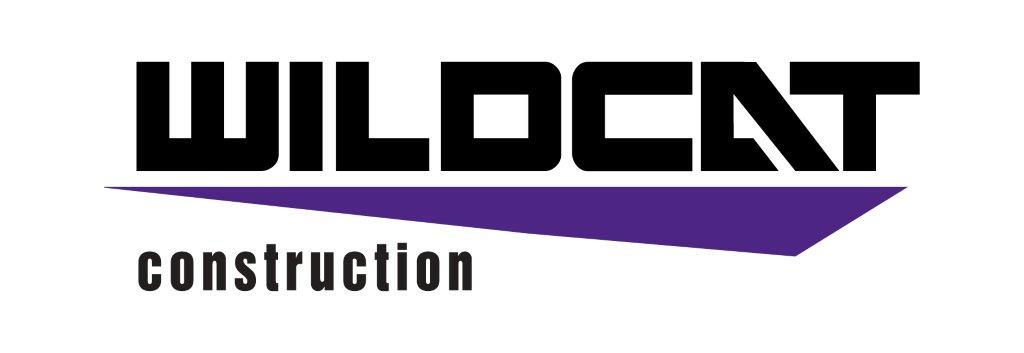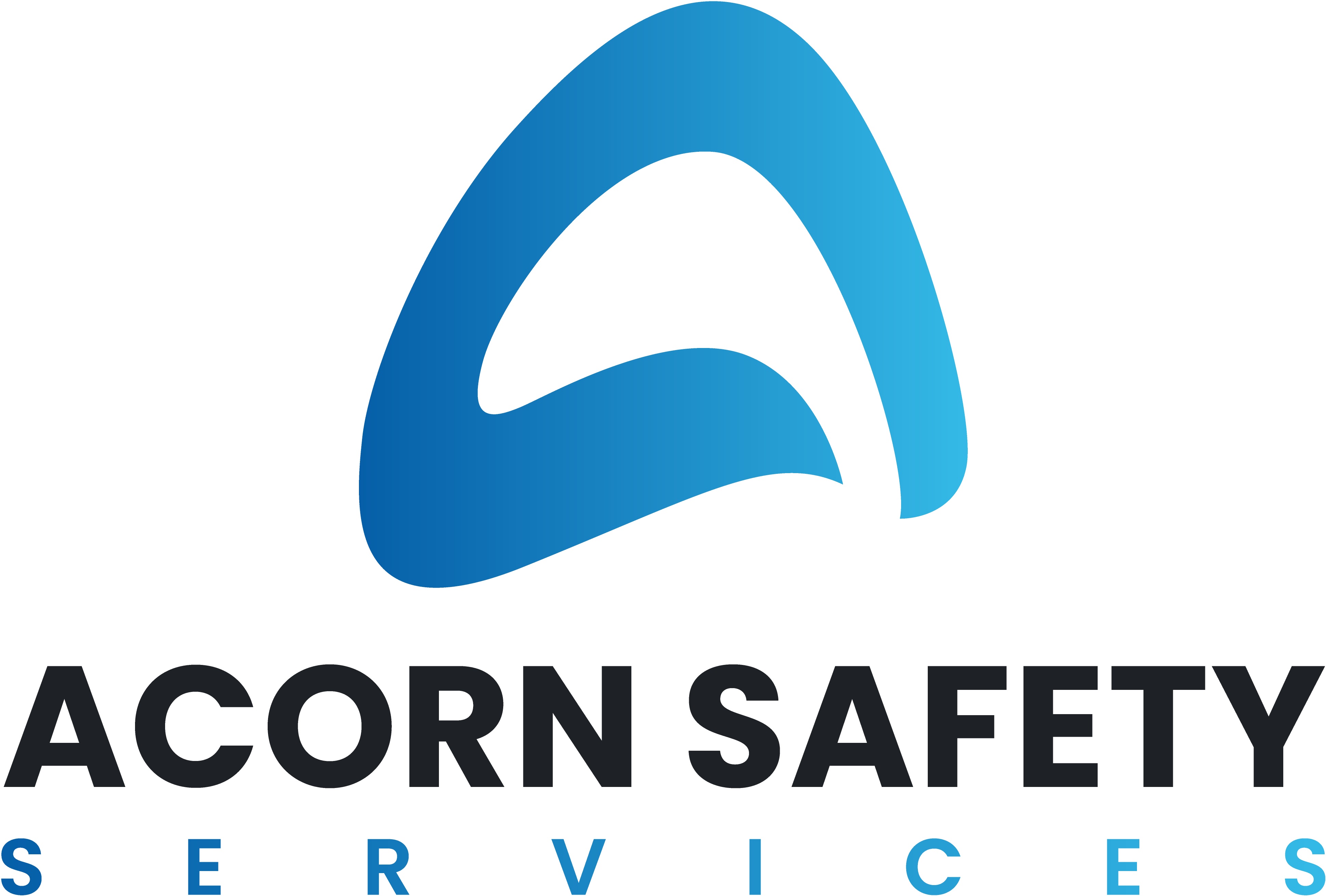Title Page
-
Client / Site
-
Conducted on
Excavation Information
-
Purpose of Trenching
- Sewer line
- Water line
- Storm Sewer
- Inlet / Outlet
- Concrete Box
- Concrete Wall
- Other
-
Enter other purpose
-
Excavation Depth
-
Excavation Width
-
Take photo of the excavation area
-
Equipment being used
-
Has the equipment been inspected prior to starting the task?
-
Approximate Temperature
-
Weather
- Rain
- Cloudy
- Sunny
- Hot
- Cold
- Dry
- Wet
- Foggy
- Snow
-
Has a visual and manual test been performed?
-
Based on the Visual Test conducted, the soil is:
-
Manual Test performed:
-
Soil Type
- Stable rock
- Type A (1.5 tsf or greater)
- Type B (0.5 tsf to 1.5 tsf)
- Type C (0.5 tsf or less)
-
Protective System
- Trench shield (box)
- Sloping
- Shoring
- Combination Trench Box / Sloping
- Other
-
Enter other protective system
Jobsite Inspection
-
Excavations, adjacent areas, and protective systems inspected by a competent person daily prior to the start of work.
-
Competent person has the authority to remove employees from the excavation immediately.
-
Surface encumbrances removed or supported i.e. sidewalk, curb and gutter, light poles, vaults, etc.
-
Spoils, materials, and equipment set back at least two feet from the edge of the excavation.
-
Barriers provided at all remotely located excavations, wells, pits, shafts, etc.
-
Walkways and bridges over excavations four feet or more in depth are equipped with standard guardrails and toe-boards.
-
Warning system established and utilized when mobile equipment is operating near the edge of the excavation.
-
Employees protected from loose rock or soil that could pose a hazard by falling or rolling into the excavation.
-
Employees required to stand away from vehicles being loaded or unloaded.
-
Employees prohibited from standing or working underneath suspended loads.
-
Employees prohibited from working on the faces of slopes or benched excavations above other employees.
-
Employees wearing the required PPE for the task they are doing.
Utilities
-
Have all utilities been located and marked?
-
What type of marks are present?
-
Underground facilities shall be marked in accordance with the following designated color code:
White: Pre-marking of the outer limits of the proposed excavation or marking the centerline and width of proposed lineal installations of buried facilities.
Pink: Temporary Survey Markings.
Red: Electric power lines, cables or conduit, and lighting cables.
Yellow: Gas, oil, steam, petroleum, or other hazardous liquid or gaseous materials.
Orange: Communications, cable TV, alarm or signal lines, cables or conduits.
Blue: Water, irrigation, and slurry lines.
Purple: Slurry and reclaimed.
Green: Sewers, drainage facilities or other drain lines. -
Underground installations protected, supported, or removed when excavation is open?
Entry and Exit
-
Lateral travel to means of egress no greater than 25 feet in excavations four feet or more in depth.
-
Ladders used in excavations secured and extended three feet above the edge of the trench.
-
Structural ramps used by employees designed by a competent person.
-
Structural ramps used for equipment designed by a registered professional engineer.
-
Ramps constructed of materials of uniform thickness, cleated together on the bottom, equipped with no-slip surface.
-
Employees protected from cave-ins when entering or exiting the excavation.
Wet Conditions
-
Precautions taken to protect employees from the accumulation of water.
-
Surface water or runoff diverted or controlled to prevent accumulation in the excavation.
-
Inspections made after every rainstorm or other hazard increasing occurrence.
Hazardous Atmosphere
-
Atmosphere within the excavation tested where there is a reasonable possibility of an oxygen deficiency, combustible, or other harmful contaminant exposing employees to a hazard.
-
Adequate precautions taken to protect employees from exposure to an atmosphere containing less than 19.5 percent oxygen and/or to other hazardous atmosphere.
-
Ventilation provided to prevent employee exposure to an atmosphere containing flammable gas in excess of 10 percent of the lower explosive limit of the gas.
-
Testing conducted continuously to ensure that the atmosphere remains safe.
-
Emergency equipment, such as breathing apparatus, safety harness and lifeline, and/or basket stretcher readily available where hazardous atmospheres could or actually do exist.
-
Employees trained to use personal protective and other rescue equipment.
Protective Systems
-
Materials and/or equipment for protective system selected based on soil analysis, trench depth, and expected loads.
-
Materials and equipment used for protective systems inspected and in good condition (pins, keepers, etc.).
-
Materials and equipment not in good condition have been removed from service.
-
Damaged materials and equipment used for protective systems inspected by a competent person after repairs and before being placed back into service.
-
Protective systems installed without exposing employees to the hazards of cave-ins, collapses, or threat of being struck by materials or equipment.
-
Members of protective system securely fastened to prevent failure.
-
Tabulated data on protective system available for review?
-
Backfilling progresses with removal of protective system.
-
Excavation of material to a level no greater than two feet below the bottom of the protective system and only if the system is designed to support the loads calculated for the full depth.
-
Shield system placed no more than 6-8 inches from each side of the box to prevent lateral movement.
-
Employees are prohibited from remaining in shield system during vertical movement.
Recommendations
-
Enter recommendations here
Completion
-
Full Name and Signature of Competent Person
-
Full Name and Signature of Inspector










